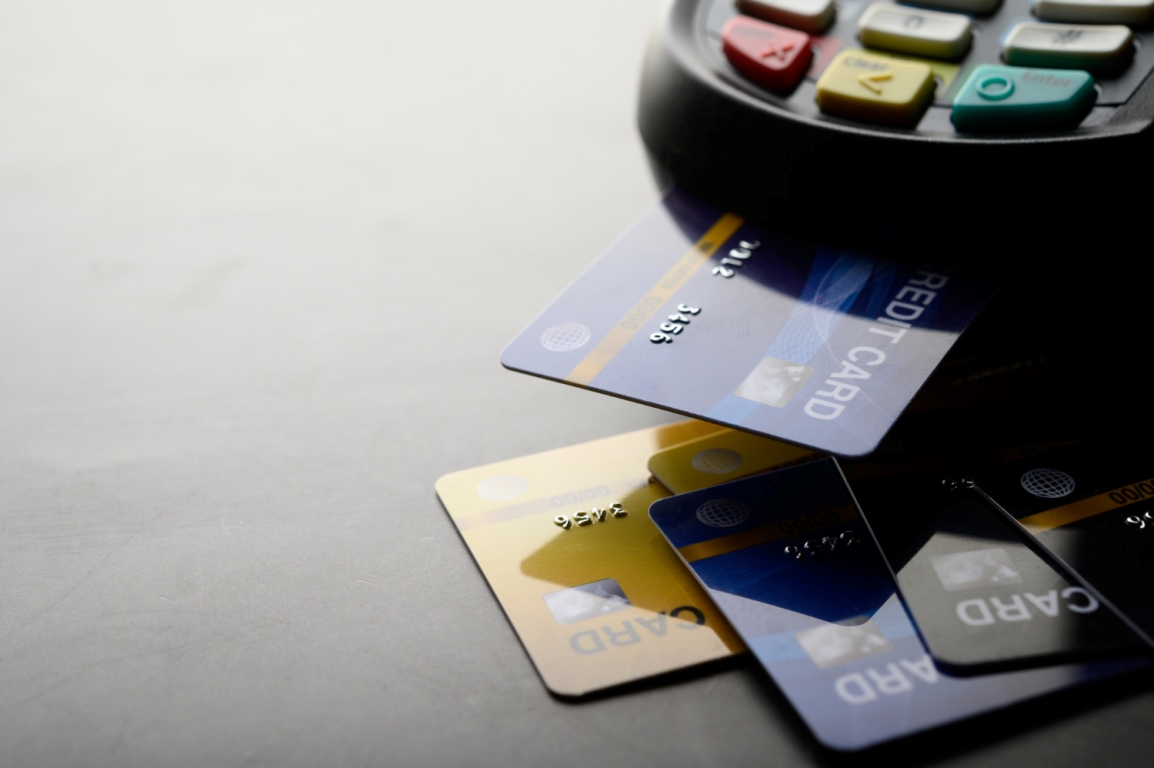Musa lives in a bustling city in Nigeria. He uses his smartphone daily to make payments, send money to relatives, and even save for his children’s future through a mobile banking app.
When Musa needed a loan to expand his small electronics shop, he easily applied online and received the funds within hours. His access to financial services has allowed him to grow his business, support his family, and plan for the future.
In contrast, Amina lives in a rural village in northern Ghana. Her daily life is far more constrained.
When she sells her goods at the local market, her earnings are stored in cash, leaving her vulnerable to theft or loss. She has no formal safety net if her child gets sick or her crops fail.
Amina cannot save effectively or borrow to invest in her farm without access to a bank or mobile money services.
Her financial world is limited by geography and the lack of infrastructure that connects her to the wider economy.

These two lives, separated by a few hundred kilometers, illustrate Africa’s stark financial access divide. While city dwellers like Musa benefit from modern financial services, millions of rural Africans like Amina remain excluded from the formal financial system.
This gap in access is a barrier not only to individual prosperity but also to the overall economic development of the continent.
Globally, about 1.4 billion adults remain unbanked, with Africa home to a significant portion of this population.
Financial exclusion is even more pronounced in Africa, where over 60% of the adult population cannot access basic financial services such as savings, credit, or insurance.
The unbanked are often cut off from participating in the formal economy, unable to build wealth or fully engage in economic activities.
The exclusion stems from a lack of accessible financial infrastructure, insufficient literacy, and geographical barriers. For instance, in many rural parts of Africa, bank branches are scarce or non-existent, making it nearly impossible for individuals to open accounts, apply for loans, or even make basic transactions.
How Mobile Technology is Closing the Gap
In recent years, mobile technology has dramatically changed the financial landscape in Africa. Mobile money platforms like M-Pesa in Kenya and MTN Mobile Money in West Africa have made it possible for millions to transfer money, save, and even access loans and insurance services without needing a traditional bank account.
As of 2022, over 350 million people in sub-Saharan Africa were using mobile money services, representing more than 60% of the world’s mobile money transactions.
These platforms have effectively extended the reach of financial services to the previously unbanked, particularly in rural and underserved areas.
With mobile money, people can receive remittances from family members abroad, pay school fees, start small businesses, and gain access to basic health insurance.
This innovation has allowed for a more inclusive financial system, reducing barriers for those traditionally marginalized by banks.
However, while mobile players have made significant strides, the cost of infrastructure and regulatory limitations still pose challenges.
Despite the advances in mobile financial inclusion, the cost of building and maintaining infrastructure continues to leave millions excluded. In countries with vast rural populations and weak infrastructure, setting up physical banking services or even mobile money networks can be prohibitively expensive.
Network providers face high costs to extend their reach into remote areas where populations are sparse and incomes are low.
Without government subsidies or incentives, there is little business case for expanding financial services into these regions. Consequently, many are left reliant on informal financial systems, which are often insecure and inefficient.
Additionally, the digital divide exacerbates financial exclusion. Even though mobile technology is widely adopted, there is still a gap in smartphone ownership and internet access, further limiting access to more advanced financial services that require smartphones or mobile apps.
A Path Toward Broader Financial Inclusion
One potential solution to these challenges lies in white labeling. White labeling is when a product or service is created by one company but rebranded and distributed by another.
In the context of financial inclusion, white-label banking solutions can allow local trusted entities—such as cooperatives, community groups, or even telecom companies—to offer financial services without having to build the technology or infrastructure themselves.
Leveraging existing trust networks in local communities is far more effective than relying solely on large financial institutions or fintech companies to close the gap.
Instead of creating a few large companies that dominate the financial landscape, white-label services can be distributed more broadly, allowing smaller entities to reach deeper into rural areas and marginalized populations.
For example, community-based savings groups in rural areas could use a white-label mobile banking platform to offer their members savings accounts, loans, and insurance, tapping into a network that already has the trust and engagement of the local population.
This type of solution would drastically reduce the cost and complexity of providing financial services to the underserved.
Greater Access Benefits All
The economic benefits of financial inclusion are significant, both for individuals and for the economy as a whole.
For individuals, access to financial services enables savings, investment, and risk management. With the ability to save, people can build up capital over time, which they can then invest in starting businesses, buying property, or funding education.
Access to credit allows individuals and small businesses to smooth cash flow and seize growth opportunities, while insurance helps people manage risks and recover from financial shocks.
At a macroeconomic level, financial inclusion stimulates economic growth. By bringing more people into the formal economy, financial inclusion increases the flow of capital, boosts consumption, and creates jobs.
According to research by the International Monetary Fund (IMF), countries with higher levels of financial inclusion tend to have higher GDP growth rates.
A World Bank report noted that countries with broad financial inclusion enjoy lower poverty rates and less income inequality.
For Africa, where small and medium-sized enterprises (SMEs) contribute up to 90% of all businesses and more than 50% of employment, access to finance is essential for unlocking growth potential and driving economic development.
Furthermore, financial inclusion enhances financial stability by spreading financial risk across a broader section of the population and economy.
When more people and businesses are included in the formal financial system, the economy becomes more resilient to shocks like natural disasters or financial crises.
This is because formal financial institutions are better equipped to manage risk than informal lenders or unregulated markets.
Financial inclusion is not just a moral imperative; it’s an economic necessity. By ensuring that everyone, regardless of income or geography, has access to financial services, we can create wealth at the individual level and stimulate economic growth at the national level.
While mobile technology has made significant progress in closing the financial inclusion gap, there is still much work to be done.
High infrastructure costs and the digital divide continue to leave many excluded, but innovative solutions like white labeling offer a promising path forward.
By leveraging existing trust networks and local institutions, we can bring financial services to even the most remote corners of Africa and unlock the continent’s full economic potential.
Ultimately, greater financial inclusion will benefit not just individuals but also the broader economy, creating a virtuous cycle of growth, wealth creation, and prosperity.
*Ajibola Awojobi is the founder of BorderPal







Comments 2